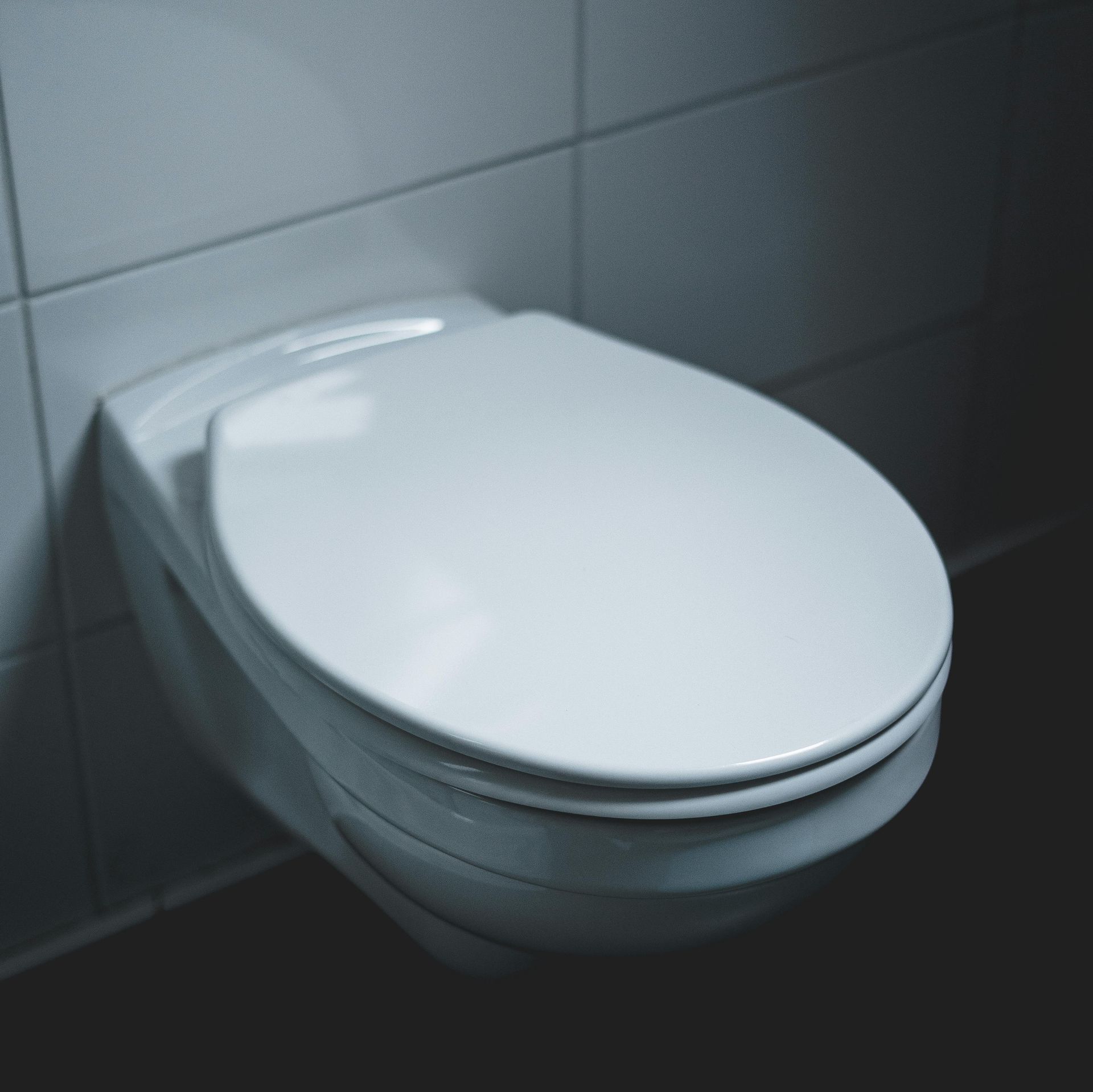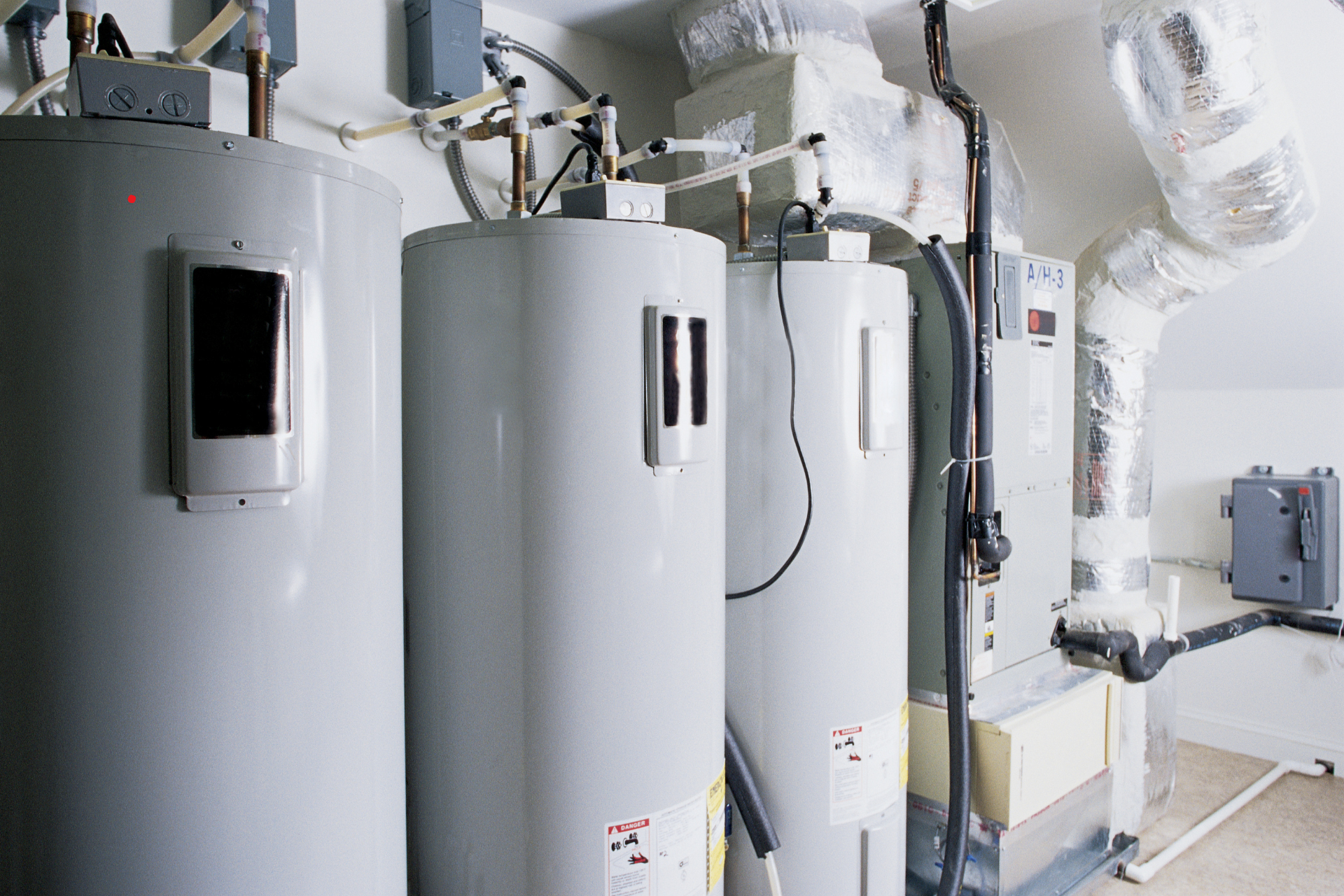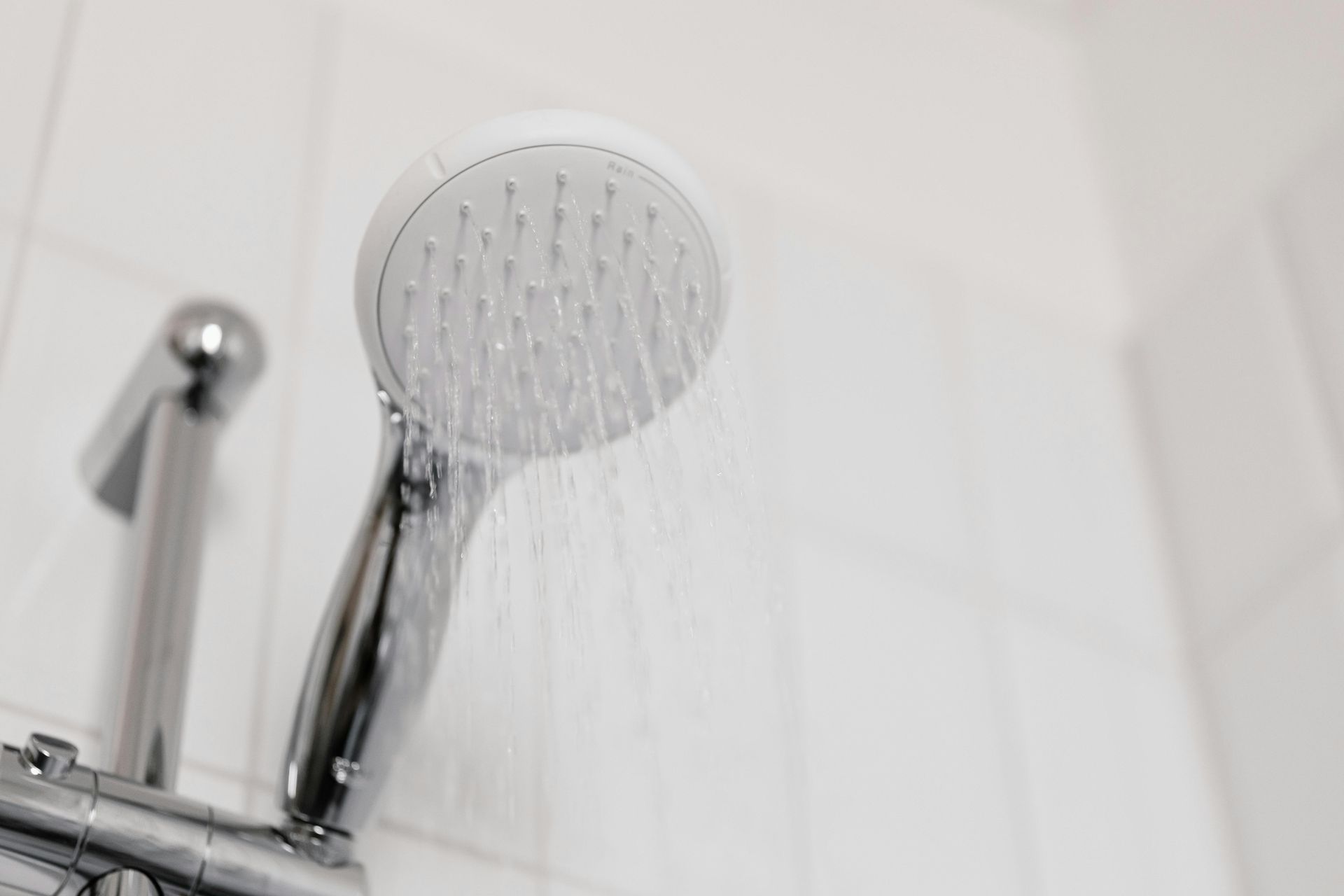How Common Are Toilet Seat Cracks and What Causes Them?
While it may not seem like a major issue at first, a cracked toilet seat can lead to discomfort, instability, and even minor injuries. Surprisingly, toilet seat cracks are more common than many homeowners realize. Understanding the reasons behind this damage can help you prevent it in the future.
Is It Normal for a Toilet Seat to Crack?
Yes, it happens more often than you might think. Toilet seats are used multiple times a day, every day. Over time, even high-quality materials can develop signs of wear. A toilet seat crack may start as a small split along the edge or hinge area and slowly widen with continued use.
In many cases, users don’t notice the damage right away. It’s only when the seat becomes loose, pinches the skin, or shifts during use that the problem becomes obvious.
Common Causes of a Cracked Toilet Seat
Several factors contribute to the development of cracks in toilet seats:
- Age and Material Fatigue
Most seats are made of plastic, wood, or a composite material. With years of use, the material naturally weakens, especially under weight or pressure. - Overtightened Bolts
During installation or maintenance, overtightening the bolts that secure the seat can stress the material. This often leads to fine cracks around the hinge area. - Fluctuating Temperatures
Bathrooms tend to experience moisture and temperature swings. Over time, this can cause expansion and contraction of the material, contributing to cracks—especially in wooden seats. - Manufacturing Defects
Some seats may have minor imperfections in the plastic or coating, which can turn into cracks under normal use. - Heavy or Uneven Pressure
Sudden impact or someone leaning unevenly on the seat can cause it to bend and eventually crack.

Where Do Toilet Seat Cracks Typically Appear?
Most cracks form in predictable locations:
- Along the front edge, where stress is highest
- Near the hinges, especially if the bolts are too tight
- On the underside, where they may go unnoticed
Even a hairline crack can spread over time, compromising the safety and hygiene of the fixture.
Why You Shouldn’t Ignore a Crack
While a crack in a toilet seat might not seem urgent, it can worsen with daily use. It may harbor bacteria, become sharp enough to scratch, or make the seat shift during use—creating an unpleasant or unsafe experience.
Replacing a damaged toilet seat is a relatively simple and low-cost solution. However, if the cracking occurs repeatedly or alongside other damage (such as to the bowl or hinges), it may be time to consult a plumbing professional to ensure the underlying structure is sound.
At Fly Plumbing, we’re happy to help assess your bathroom fixtures and recommend safe, reliable replacements when needed.
Frequently Asked Questions
How common is it for a toilet seat to crack?
Toilet seat cracks are quite common, especially in older or frequently used seats. Over time, materials wear down and can develop fractures from regular stress.
What causes toilet seat cracks?
Cracks can result from overtightened bolts, aging materials, temperature changes, or sudden pressure. Plastic and wooden seats are both vulnerable.
Should I replace a cracked toilet seat?
Yes. Even small cracks can worsen, become unsanitary, or cause discomfort. Replacing the seat is typically simple and inexpensive.












